
What Does CE Mark Certification Mean?
Background and Significance of CE certification
The "CE" mark is a safety certification mark viewed as a manufacturer's passport to open and enter the European market. In the EU market, the "CE" mark is a mandatory certification mark. Products manufactured both within and outside the EU must bear the "CE" mark to circulate freely in the EU market. This mark indicates that the product meets the basic requirements of the EU directives on technical harmonization and standardization. It is a mandatory requirement by EU law. Obtaining CE certification means the product complies with European legal regulations and can be freely circulated and sold in the EU market. For manufacturers, CE certification is an important guarantee for expanding the European market and enhancing product competitiveness.
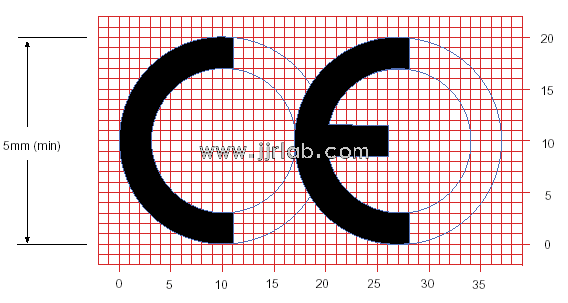
Countries Requiring CE Certification
Products usually require CE certification in the European Economic Area (EEA) member states and European Free Trade Association (EFTA) countries, including:
1. EU Member States: France, Germany, Italy, Netherlands, Belgium, Luxembourg, Denmark, Ireland, Greece, Portugal, Spain, Austria, Sweden, Finland, Malta, Cyprus, Poland, Hungary, Czech Republic, Slovakia, Slovenia, Estonia, Latvia, Lithuania, Romania, Bulgaria, Croatia.
2. EFTA Countries: Iceland, Liechtenstein, Norway, Switzerland. Although these countries are not EU members, they have close economic ties with the EU and typically require products to meet CE certification standards.
CE certification mainly applies to the European market. Other countries or regions may not necessarily require CE certification. However, many markets still regard CE certification as an important mark for legal market entry. Therefore, even if some countries do not require CE certification, it is necessary for enterprises wishing to enter the European market.
Products Requiring CE Certification
CE certification typically applies to products related to safety, health, environmental protection, and consumer protection. According to EU regulations, the following categories of products must meet relevant regulations and standards to apply for CE certification:
1. Machinery: Various industrial, construction, and agricultural machinery, such as cranes, excavators, and injection molding machines.
2. Electrical Products: Household appliances, industrial electrical products, and communication electrical products, such as washing machines, microwaves, generators, and transformers.
3. Building Materials: Paint, flooring, pipes, and other construction materials.
4. Personal Protective Equipment: Safety helmets, goggles, protective gloves, etc.
5. Medical Devices: Medical equipment, diagnostic devices, surgical instruments, such as pacemakers, X-ray machines, surgical knives, and artificial joints.
6. In Vitro Diagnostic Medical Devices: Medical devices for in vitro diagnosis, such as blood glucose meters and blood pressure monitors.
7. Wireless Devices: Wireless communication equipment, radio devices, such as mobile phones, wireless routers, Bluetooth headsets, and remote controls.
8. Pressure Equipment: Pressure vessels, pressure pipes, such as pressure gauges.
9. Toys: Children's toys, educational toys, gaming machines, etc.
10. Drones: Civil and commercial drones.
11. Elevators: Equipment for vertical transportation of people and goods.
12. Recreational Boats: Sailboats, yachts, and other recreational boats.
13. Fitness Equipment: Various fitness devices and equipment, such as treadmills and dumbbells.
14. Children's Products: Cribs, strollers, children's tableware, and other products.
It is important to note that not all products require CE certification. The specific needs must align with the regulations and market demands of the country where the product is sold. In the European market, CE certification is a necessary condition for compliance with EU regulations.
CE Certification Process
1. Confirm Product Category and Applicable Directives
First, companies need to accurately identify the category of their products and determine all EU directives and regulations applicable to the product. For example, LED lighting fixtures, electronic and electrical equipment, audio-visual products may need to follow the Low Voltage Directive (LVD), Electromagnetic Compatibility Directive (EMC), and other specific product requirements like EN60335 standard.
2. Analyze Product Technical Parameters and Standards
Based on the product characteristics, compare with the latest EU standards and technical specifications, and carefully analyze the product's technical parameters and performance standards. This includes a detailed analysis of safety, energy efficiency, environmental impact, and other testing requirements.
3. Product Testing and Evaluation
Choose a third-party testing organization recognized by the EU, submit product samples and relevant technical documents for testing. The organization will conduct comprehensive performance tests and safety evaluations according to the stipulated standards to ensure the product meets all technical indicators required for CE certification.
4. Organize Technical Documents and Evaluation Reports
Based on the test results, organize and compile technical documents that meet EU regulatory requirements, including product design drawings, material lists, risk assessment reports, test reports, and user manuals. These documents will serve as important evidence to prove that the product meets CE certification requirements.
5. Apply for CE Certification
Submit the CE certification application and complete technical documents to a qualified Notified Body. For some products, a self-declaration might suffice; for high-risk products, a deep audit and issuance of the corresponding certification certificate by the Notified Body is required.
6. Affix the CE Mark and Enter the Market
After obtaining CE certification, companies must correctly affix the CE mark on the product and attach a Declaration of Conformity (DoC). Once this step is completed, the product can be legally sold in the EU market.
Email:hello@jjrlab.com
Write your message here and send it to us
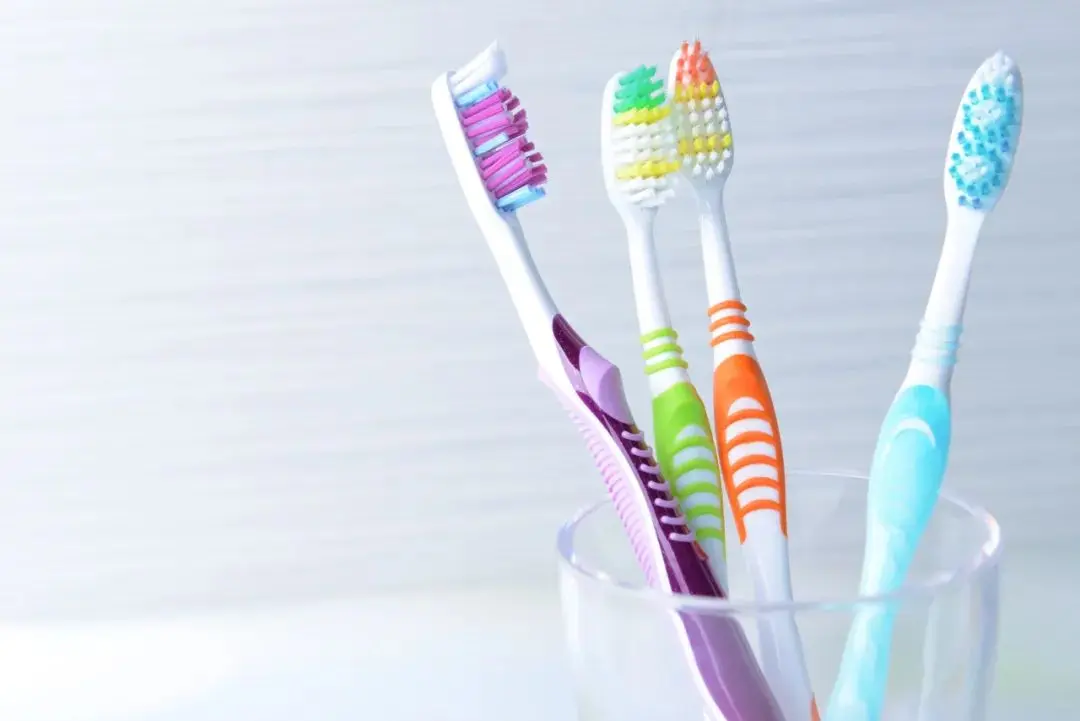 Toothbrush FDA Certification Testing
Toothbrush FDA Certification Testing
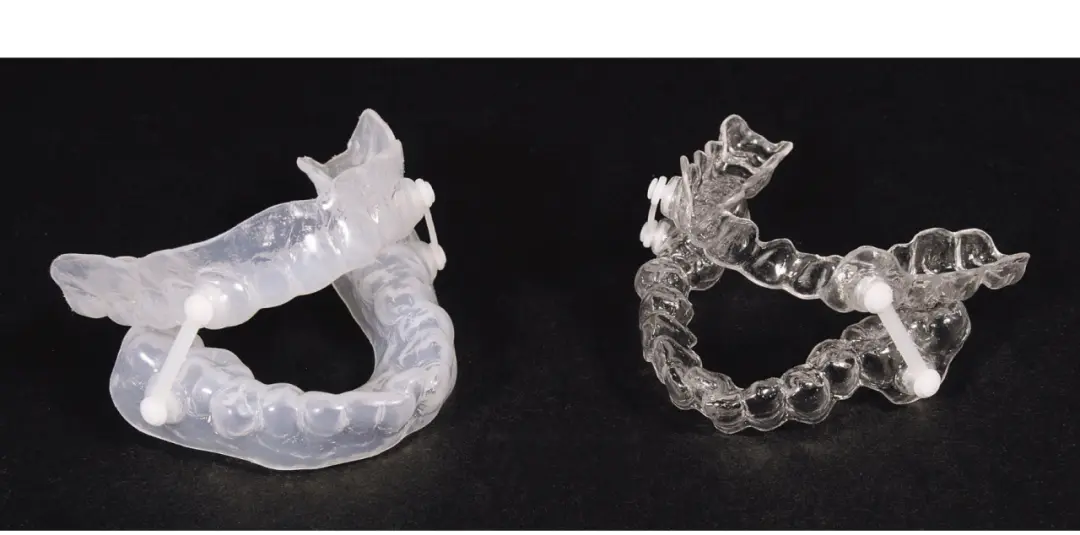 Snoring Device FDA 510k Standard Testing
Snoring Device FDA 510k Standard Testing
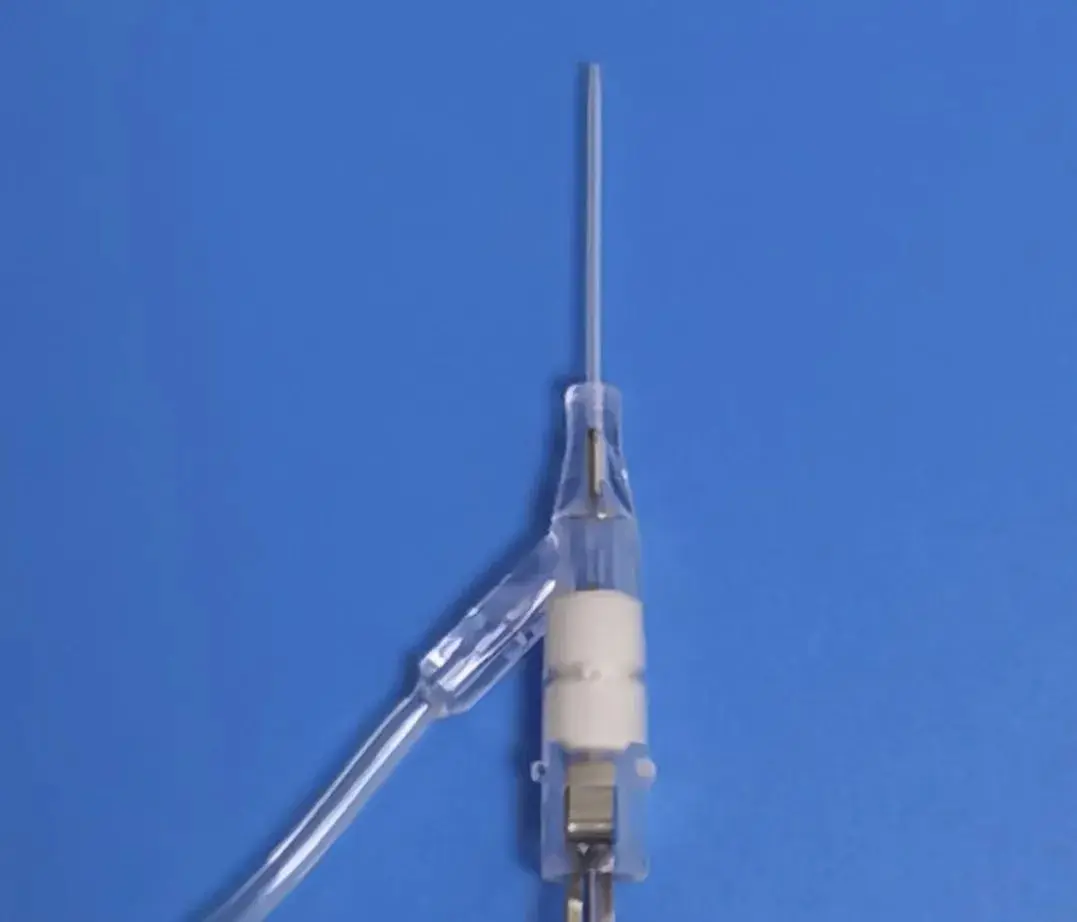 Single Use Intravenous Catheter Certification Test
Single Use Intravenous Catheter Certification Test
 Silicone Material Product Compliance Certification
Silicone Material Product Compliance Certification
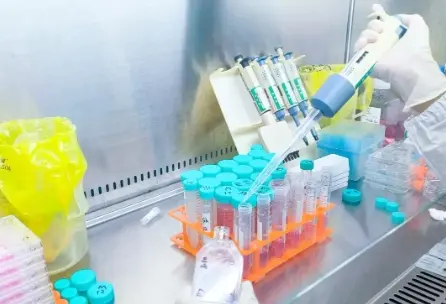 What to Do If Cytotoxicity Test Results Are Positi
What to Do If Cytotoxicity Test Results Are Positi
 ISO 10993:5 Cytotoxicity Testing Methods
ISO 10993:5 Cytotoxicity Testing Methods
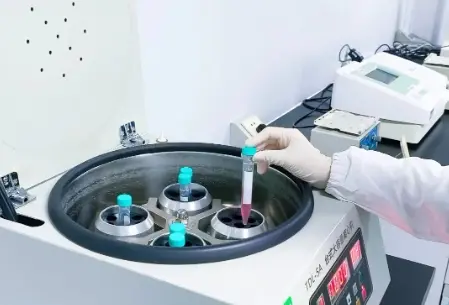 FDA ISO 10993-1 Biocompatibility Evaluation Guidel
FDA ISO 10993-1 Biocompatibility Evaluation Guidel
 In Vitro Cytotoxicity Testing for Medical Devices
In Vitro Cytotoxicity Testing for Medical Devices
Leave us a message
24-hour online customer service at any time to respond, so that you worry!




